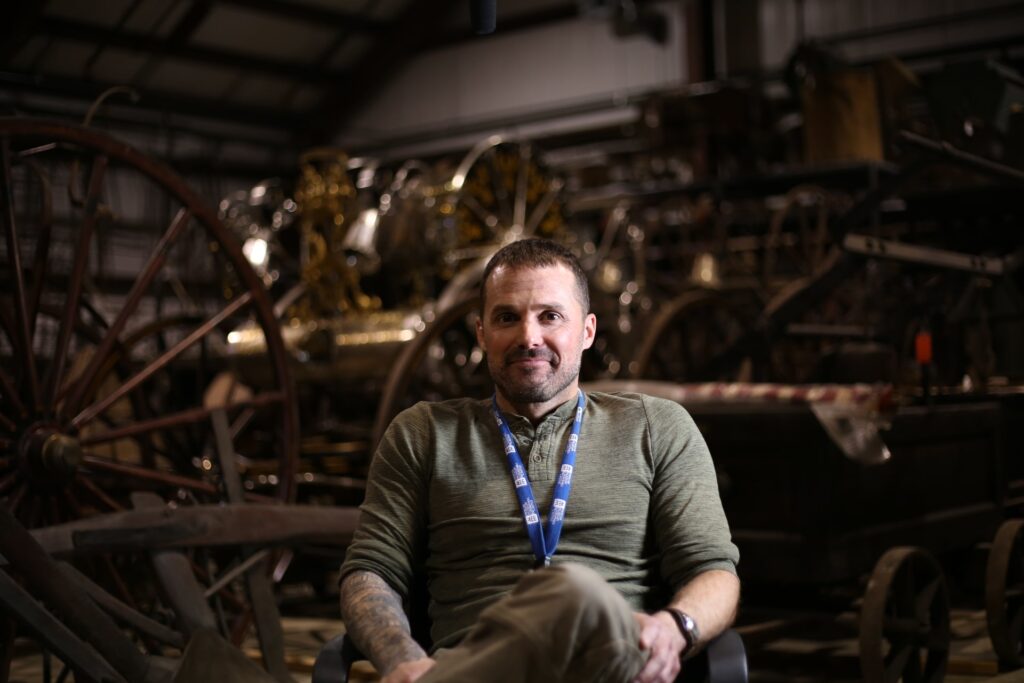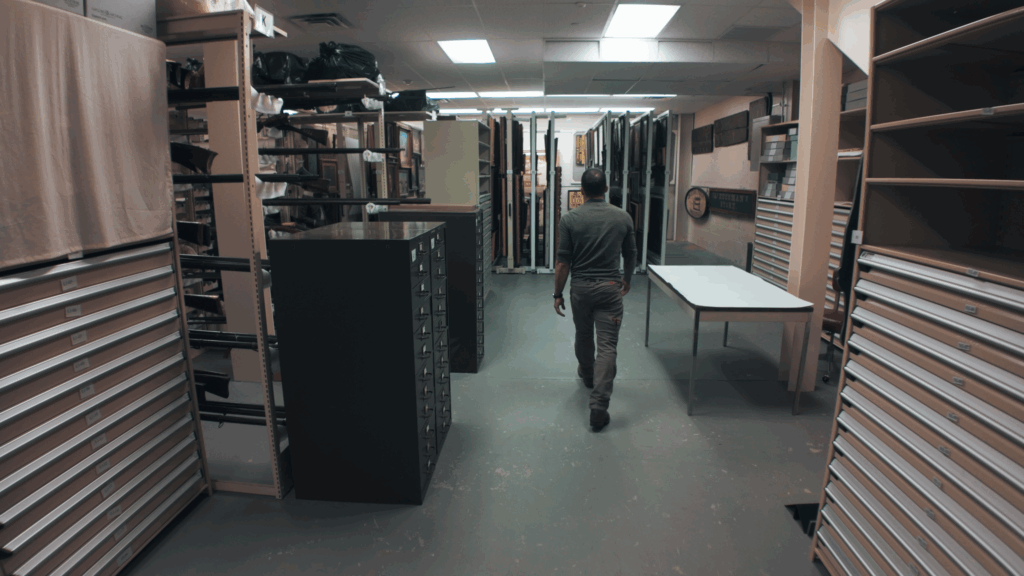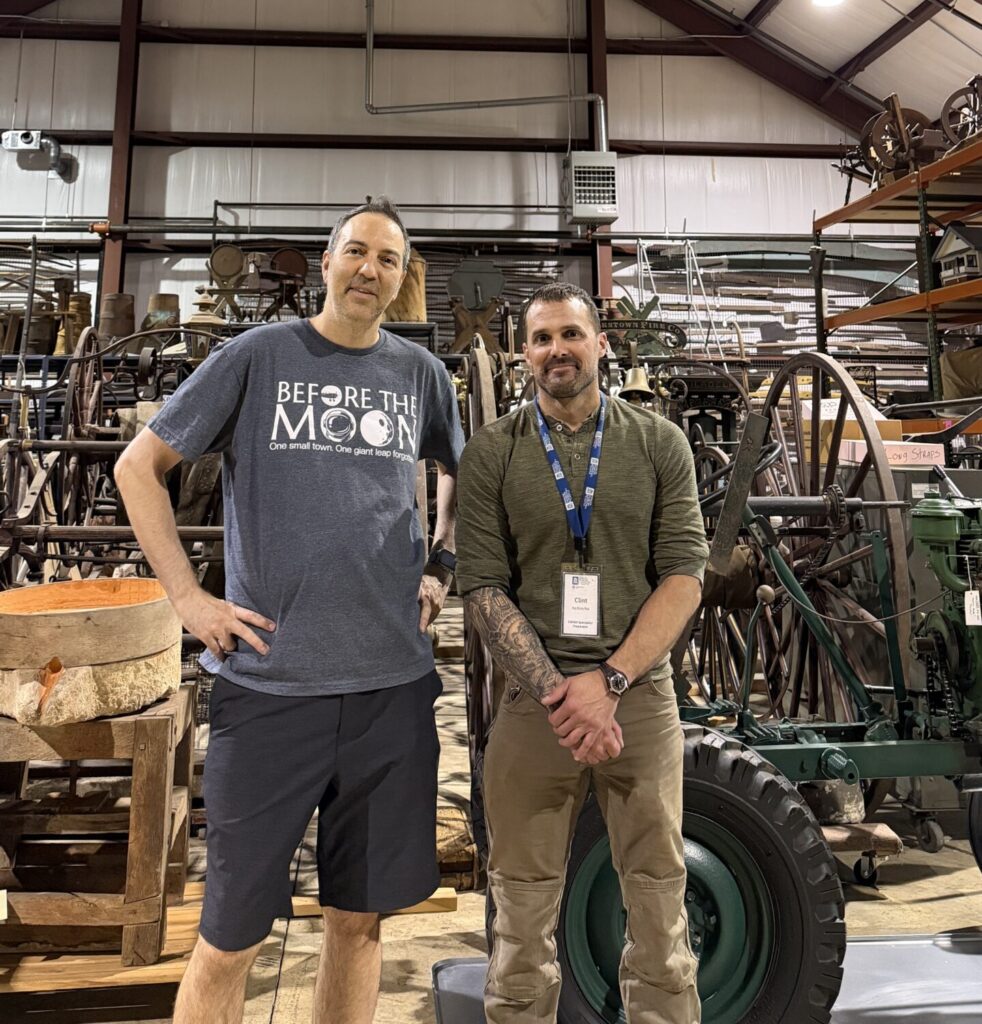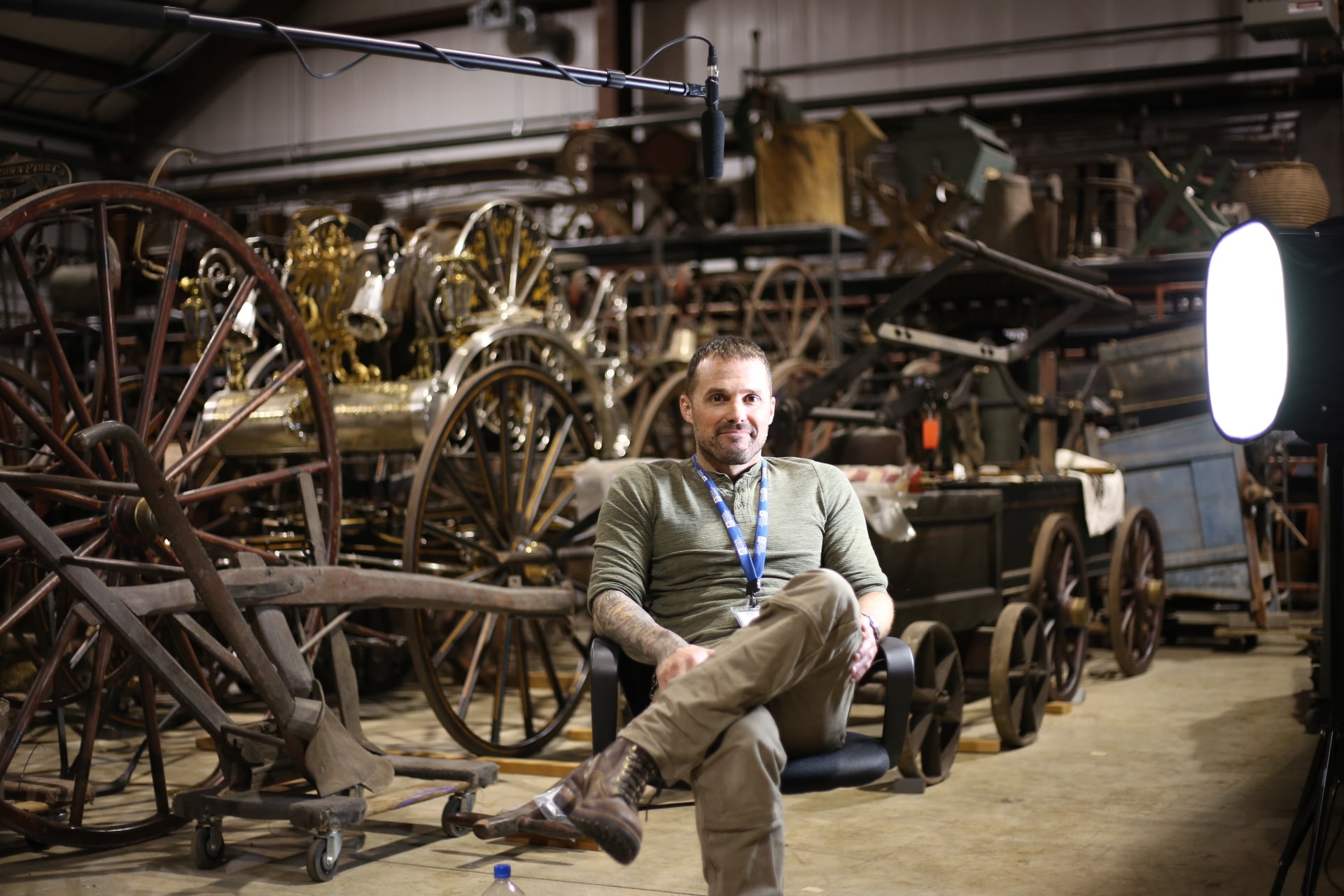When you walk through the Mercer Museum in Doylestown, you’re not just looking at objects, you’re peering into the DNA of American invention. That’s where Clint Flack works as an Exhibit Specialist and Curator, installing exhibits, researching local history, and safeguarding the stories of Bucks County’s innovators. His perspective reveals how a quiet farming county transformed into a hub of aerospace and spaceflight research.
“The spirit of American innovation wasn’t born in factories,” Flack told me. “It was born in barns, in forges, and in the fields of Bucks County.”
Agriculture as the Seed of Invention
In the 18th and 19th centuries, Bucks County was primarily farmland, and invention grew directly from necessity. “Farmers here were constantly building a better mousetrap,” Flack explained. “They invented iron moldboard plows, butter workers, washing machines, and even steamboats, all designed to make their daily work easier.”
One of the most remarkable examples was John Fitch, who launched the first American steamboat on the Delaware River in 1787. “It was something no one had seen before,” Flack said. “People wrote to Benjamin Franklin about it because it was so novel. Fitch’s invention showed that this community was willing to think radically, even without industrial infrastructure.”

Forgotten Pioneers: From Butter to Harvesters
Bucks County produced innovators whose names deserve more recognition. Robert Beans’ harvester helped launch an agricultural industry in Johnsville, while Lettie A. Smith – who invented a butter worker to make her mother’s life easier – used her earnings to put herself through medical school in the 1850s. She became Newtown’s first female doctor.
“These stories show how invention wasn’t just about machines,” Flack noted. “It was about survival, opportunity, and breaking barriers.”
From Farmland to Flight
By the early 20th century, Bucks County’s fields gave way to factories. James Work’s Brewster Aeronautical plant built airplanes for World War II, though corruption and poor designs doomed the company. Yet the massive infrastructure it left behind was a gift for the Cold War era. “The government stepped in and said: we can use this,” Flack explained. “That’s how the Naval Air Development Center (NADC) was born. They began experimenting with breaking the sound barrier, drone aircraft, and eventually spaceflight.”
The Johnsville Centrifuge, anchored in Bucks County bedrock, became the world’s largest human centrifuge. “It was the perfect place to push pilots – and then astronauts – beyond known human limits,” Flack said. “That’s why Mercury and Apollo astronauts trained here.”
The Silent Partners of Apollo
Many local contractors quietly shaped space history. RCA developed satellite technology, Fleetwings specialized in stainless steel, and Lavelle Aircraft built components for Apollo missions. On Apollo 13, Lavelle’s canisters saved lives. “In the Apollo 13 movie, you see NASA engineers solving the problem,” Flack said. “But in reality, they called the manufacturer in Bucks County, who helped figure out how to fit a round canister into a square hole. That ingenuity was right here.”

Preserving Stories Before They’re Lost
As a curator, Flack sees both the richness of the region’s history and the danger of losing it. “Federal funding for museums is declining, and that’s tragic,” he warned. “We evolved as a human race by studying our past. If we don’t preserve these artifacts, kids lose the chance to be inspired by them. You could inspire a child today with a story about an invention – and that child could grow up to create something we can’t even imagine.”
His mission is clear: “My job is to rescue these stories from oblivion.”
Why This Matters for Before The Moon
Flack’s reflections echo the heart of Before The Moon: the idea that small towns like Warminster, Johnsville, and Newtown weren’t just witnesses to history – they made it. “Bucks County transformed farmland into runways for the future,” Flack said. “War is often the catalyst for invention. But it’s up to us to make sure those stories aren’t forgotten.”
Support the Film
Help us tell the stories of space pioneers like Clint Flack.
• Visit BeforeTheMoonFilm.com
• Support the film through our donation page
• Follow us on Facebook: facebook.com/BeforeTheMoonFilm
Because before we go forward… we need to remember who got us here.



Leave a Reply